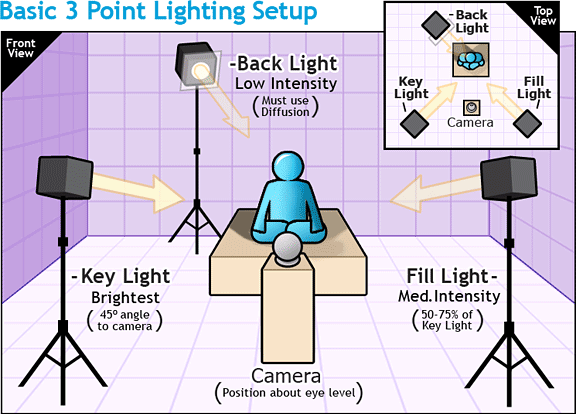
Cinematography
LO: To define, apply and evaluate Cinematography in film
What is Cinematography?
‘The art or technique of motion-picture photography.’
‘A micro element in the film industry. The use of camera positions and movements in order for the director to establish changes of situation and mood. While making his new horror film, Steven needed to use cinematography to communicate the narrative to the audience.’
DIRECTOR OF PHOTOGRAPHY
1. They are a key Heads of Department on film productions and provide a film with its unique visual identity, or look.
2. DoPs must discover the photographic heart of a screenplay.
3. They create the desired look using lighting, framing, camera movement. They manage the Camera and lighting teams.
4. After reading the screenplay, DoPs work with the Director to discuss the visual style of the film, help create the Directors Vision. They research and prepare for shooting at the location, prepare a list of required equipment.
5. During post production, DoPs attend the digital grading of the film
Director of Photography
CAMERA TEAM
GRIP
1st Assistant Camera
Camera Operator
Focus Puller
Stills Photographer
Clapper/Loader
Video Operator
ELECTRIC
Gaffer
Rigging Gaffer
Best Boy Electric
Electricians/sparks
Key Grip
Key Rigging Grip
Best Boy Grip
Dolly Grip
Video Operator
CAMERA WORK

Case Study: Filming Techniques
What is Lighting?
‘The use of various light sources, both artificial and natural, to achieve some aesthetic or practical effect while illuminating a scene.’
Lighting in film is a micro element that helps convey the narrative, theme, mood, characters and genre.
Who is in the Cinematography team and what is the chain of command?
Director of Photography
ELECTRIC
Gaffer
Rigging Gaffer
Best Boy Electric
Electricians/sparks
Lighting
Contrast
This is the range of tones between pure white and pure black. Low contrast have a wide range and appear soft to the eye. High contrast have a small range and appear stark

Brightness
Photographic images can vary in overall brightness, which is used to support underlying emotion of the scene. High, low and mid key
Colour
Also known as Hue, is manipulated through lighting, art direction and grading. ‘Overall Hue’ – a scene can be tinted a certain colour to convey scene variables like emotion, location and, time. ‘Saturation’ – is how rich colours appear on screen.
Depth of field
This is the amount of acceptable focus behind and in front of the subject. Short focal lenses tend to produce a wide depth of field, where everything appears in “deep focus”. Long focal lenses produce a shallow depth of field, where only the subject area is in focus.
Focus
Focus is the overall sharpness of the image. It can range from very soft to very sharp.
Grain
This is the tiny particles of dye crystals that make up a photographic image. Usually invisible, however under certain circumstances these can be noticeable. Resulting in a gritty look often used for aesthetic purposes.
Perspective
This is the breadth and depth of the image, which can be manipulated with the choice of lens. The foreground and background can appear closer together (compressed) or further apart (decompressed).
Look
This is the visual feel of the movie. It is often equated with its surface texture (i.e. grain, focus, but the meaning is much broader. Different looks are achieved by systematically manipulating any photographical element (all noted in this spider diagram). For example, The French connections makes use of grain and stark lighting to give the film a sense of gritty realism, almost like a newsreel. Rear Window uses high contrast and saturated colours to convey a sense of romance and intrigue. The look can be constant or changed in relation to the what is required.
Quality of light
This refers to its perceived hardness or softness. A hard quality has dark shadows with sharp edges. Soft quality has diffused shadows.
What types of lighting set ups are there in film production?
Three-point lighting:

High Key lighting:
-
The picture is bright.
-
There is a lack of contrast.
-
There is a lack of shadows
-
High Key images are considered happy and most convey positive emotions.

Low Key lighting:
-
Lots of dark areas
-
Give special attention to contour lines, emphasizing them with highlights.
-
The tone is darker, and the controlling colour is usually black.
-
Low Key images are darker, more dramatic and present a lot of atmosphere and tension.

Mid Key lighting:
-
Mid key keeps the photograph tones right in the middle of high and low key – not too bright and not too dark. Mid key lighting focuses on the middle tones in a photograph, while still keeping the subject brighter than the background.


Golden hour:
-
The golden hour is a period shortly after sunrise or before sunset during which daylight is redder and softer than when the Sun is higher in the sky.
